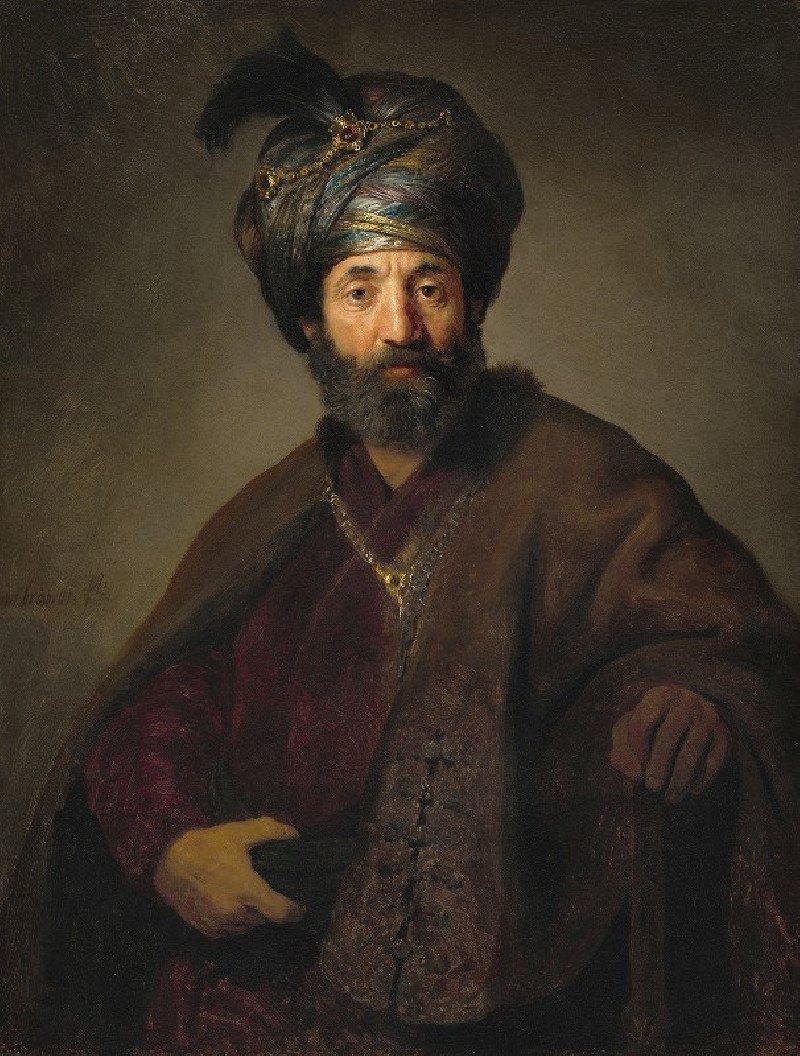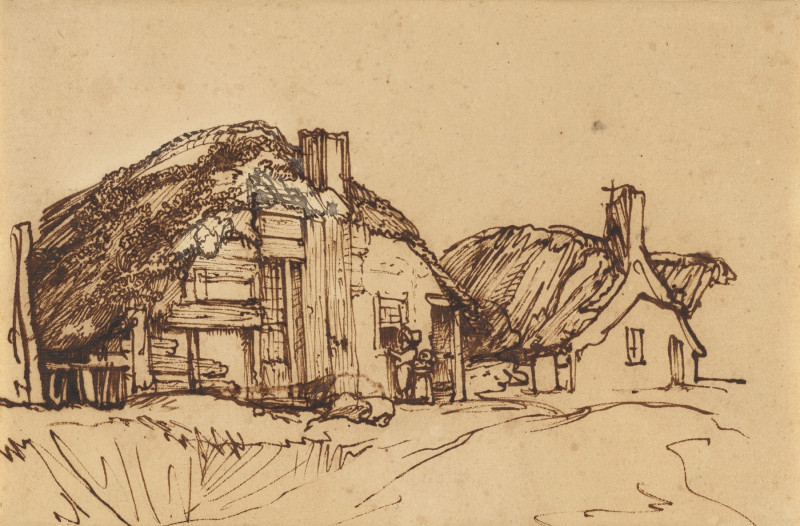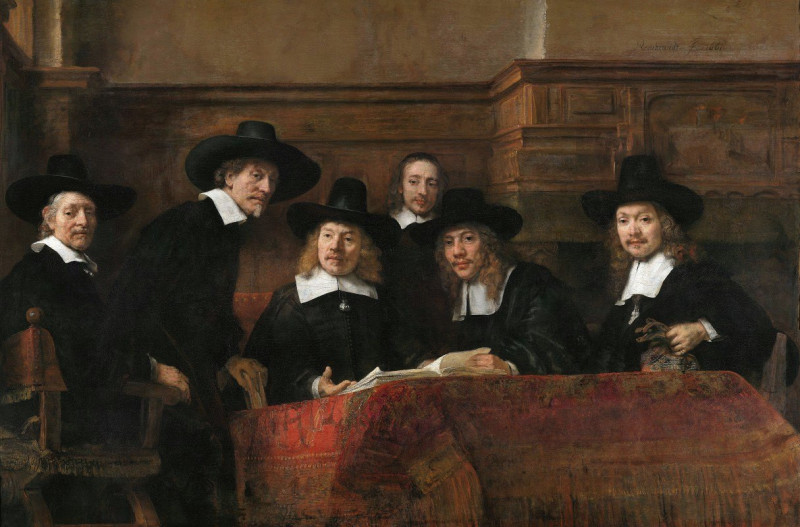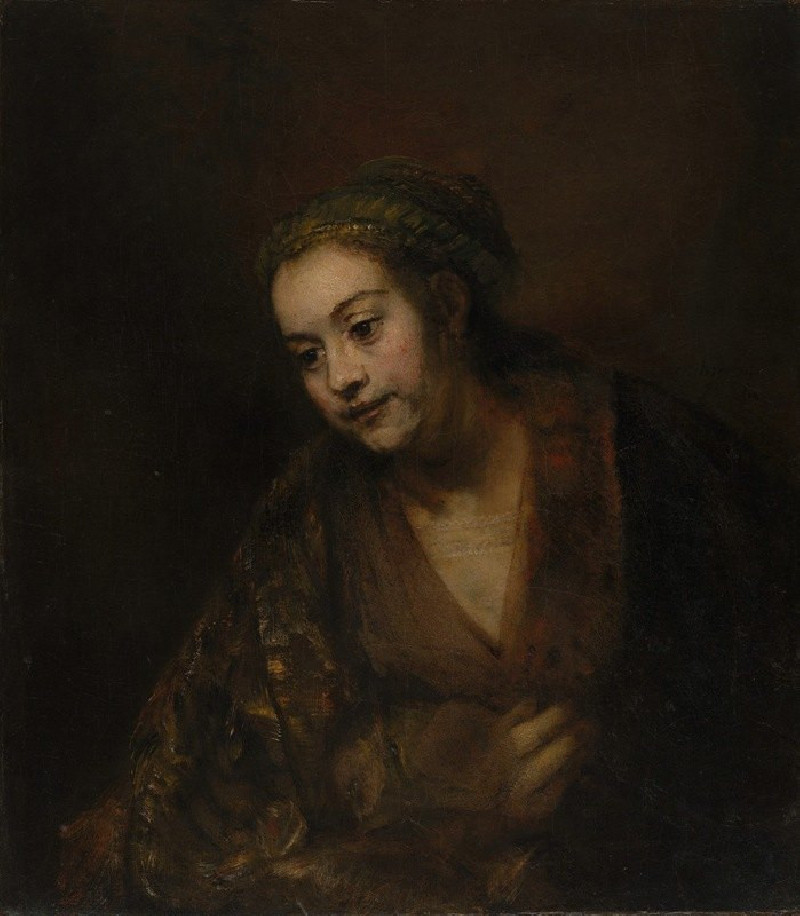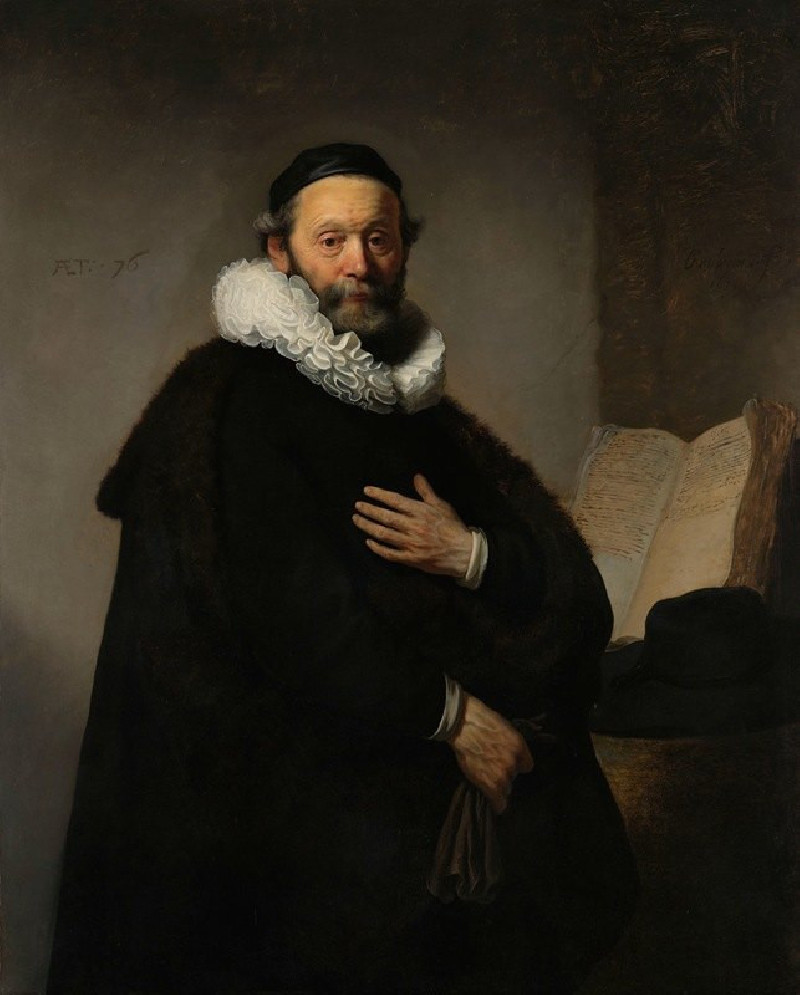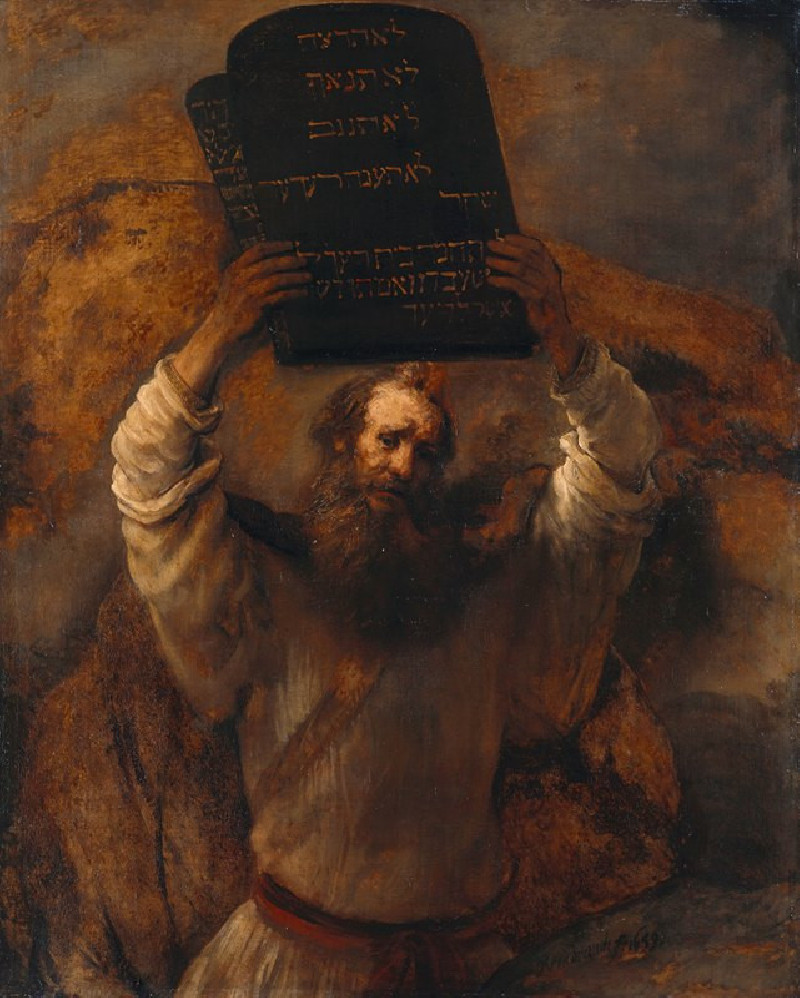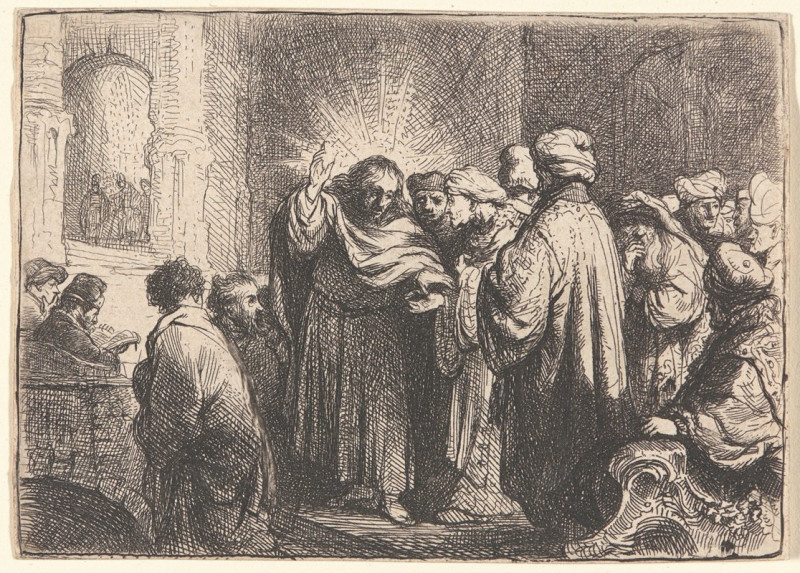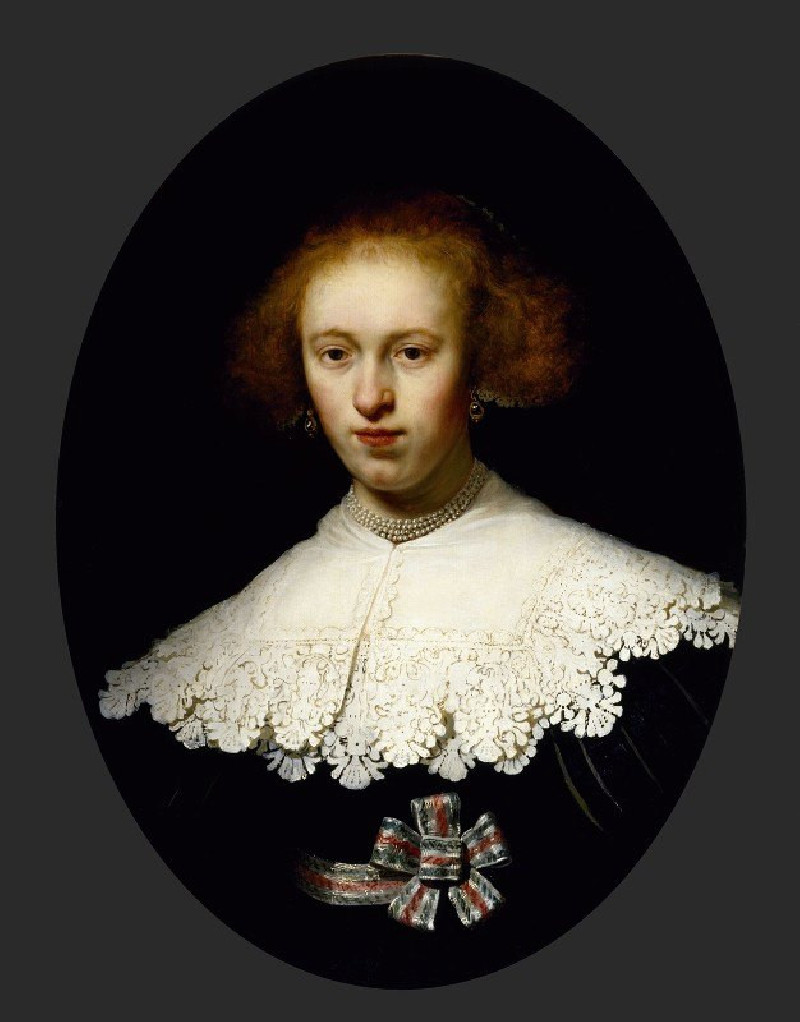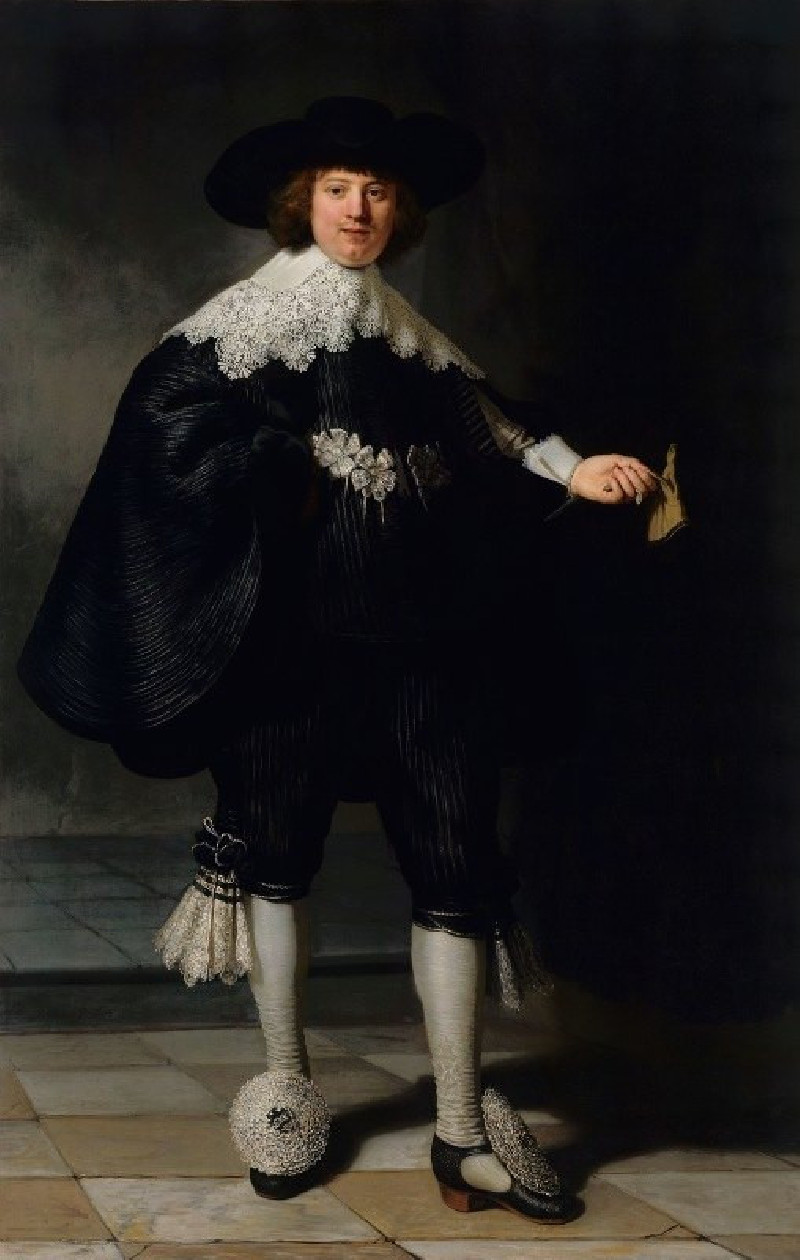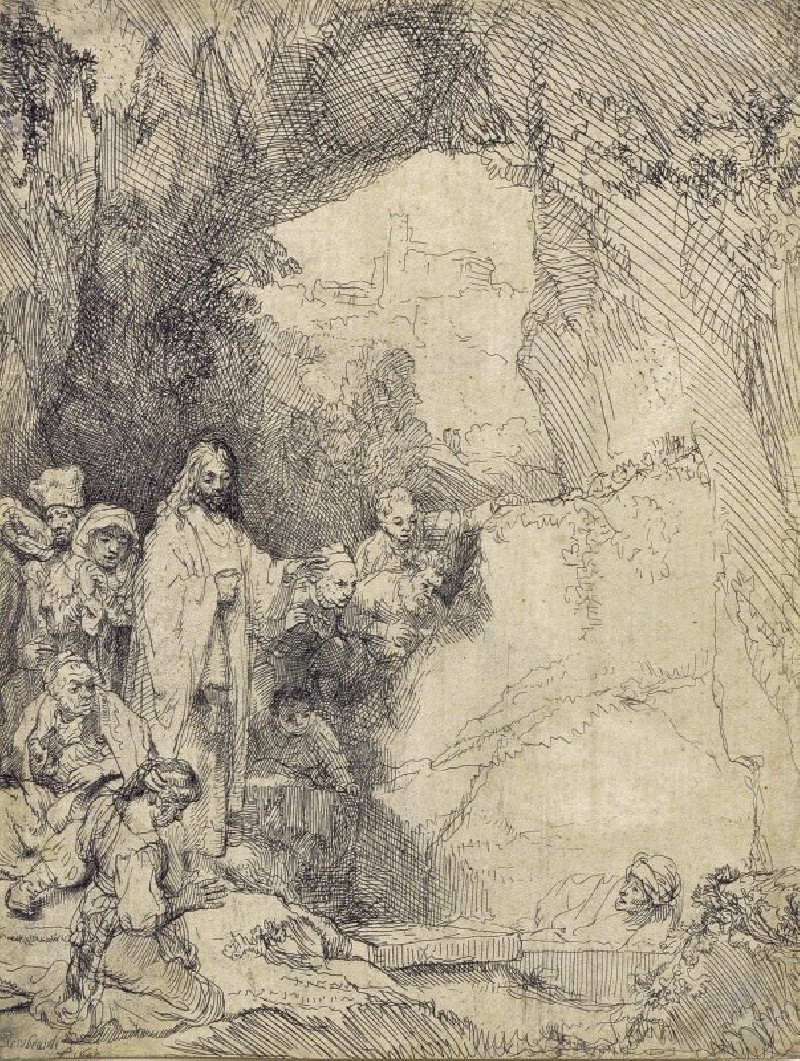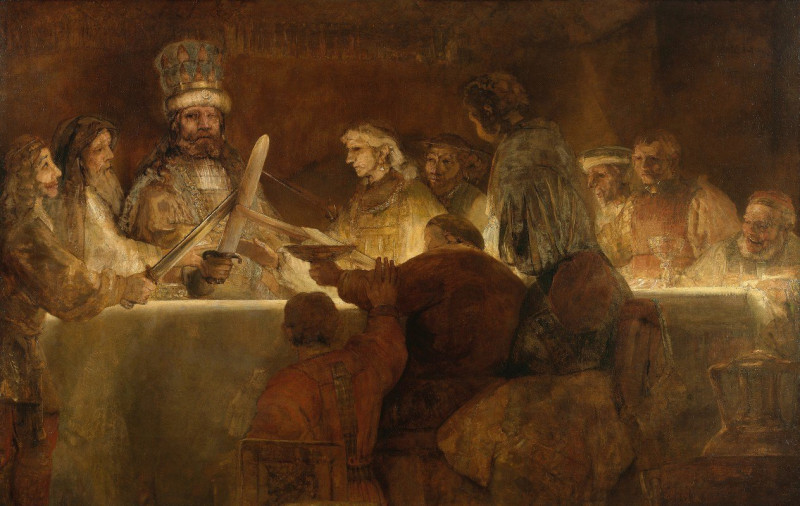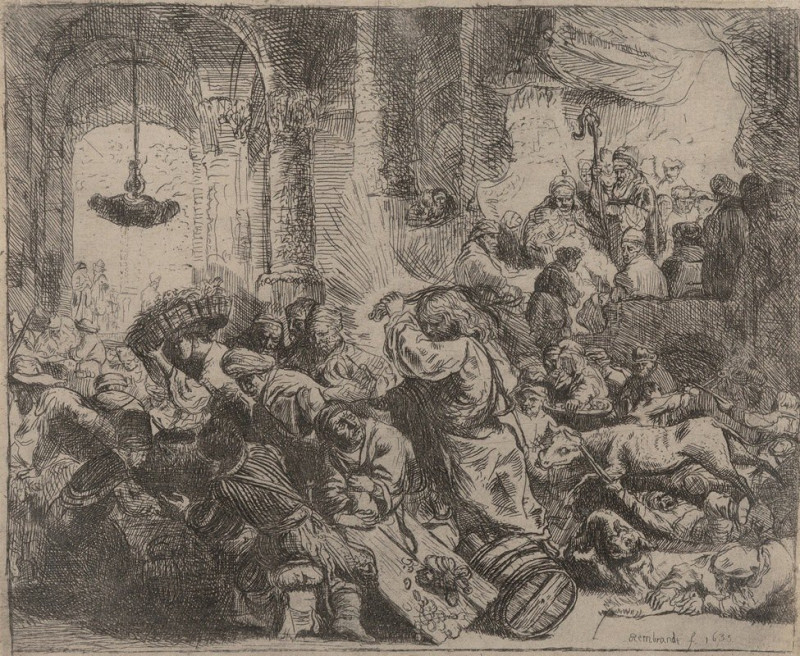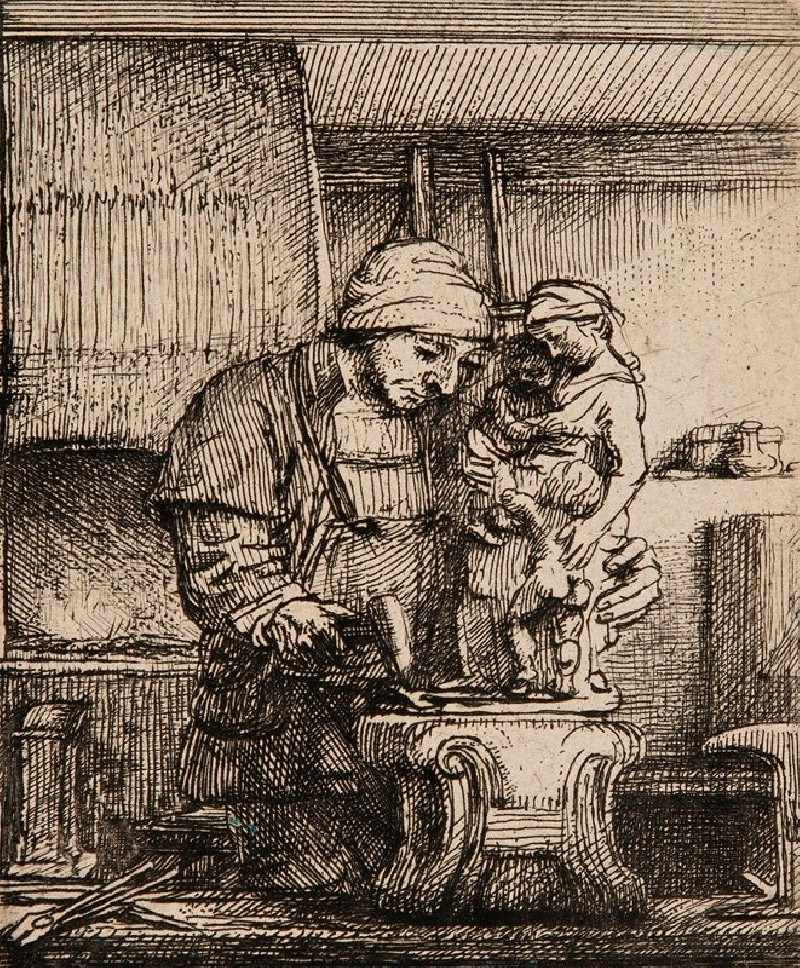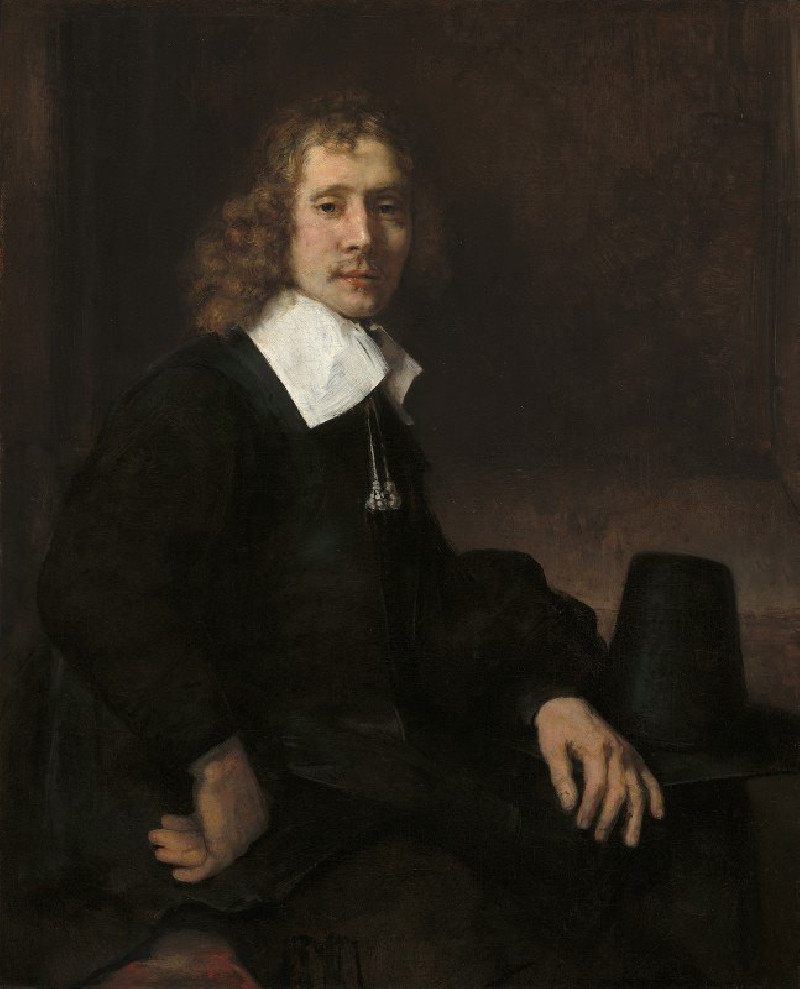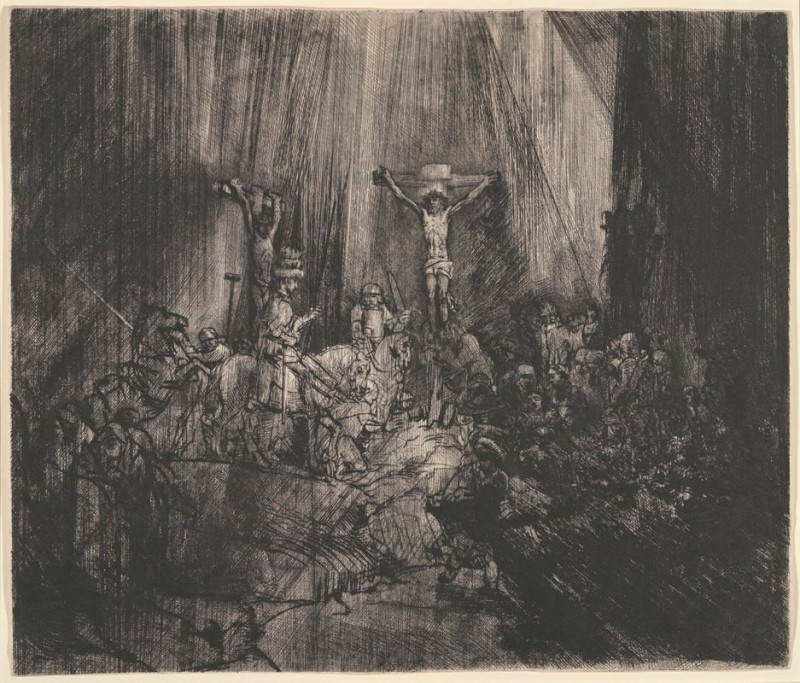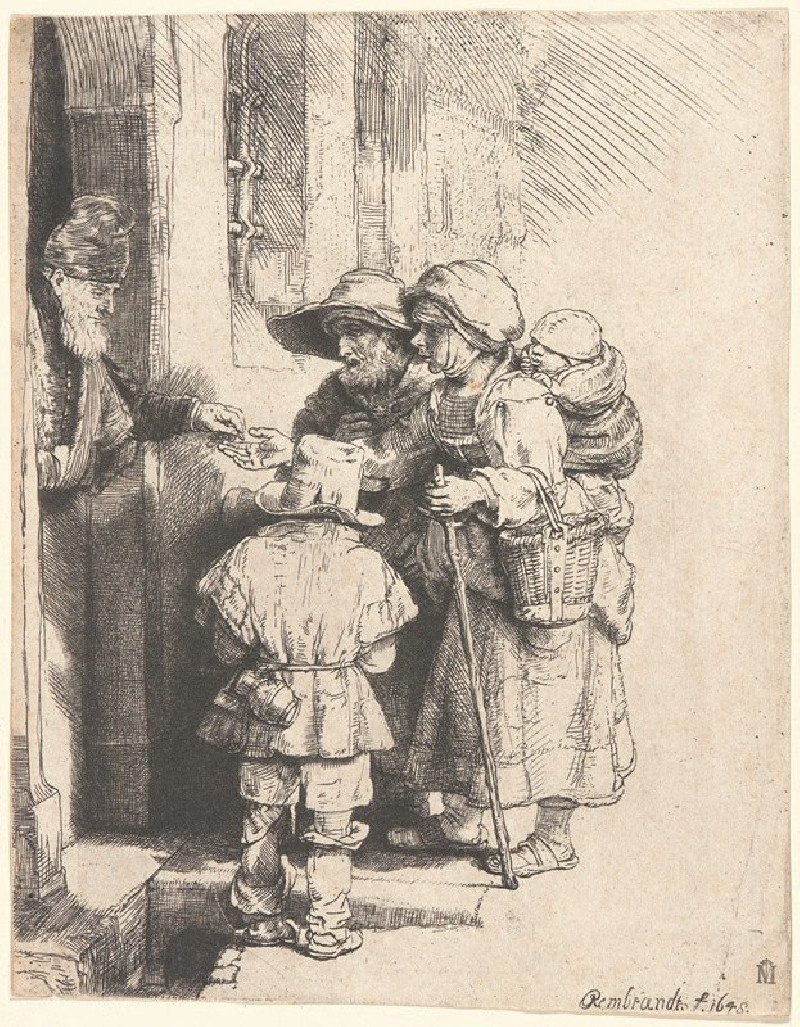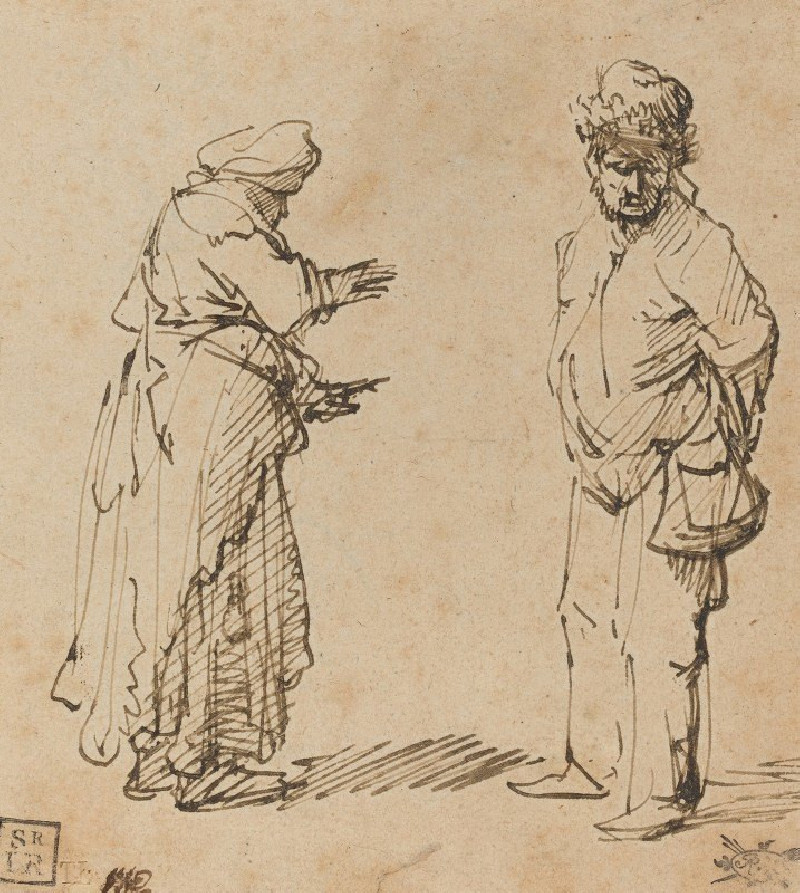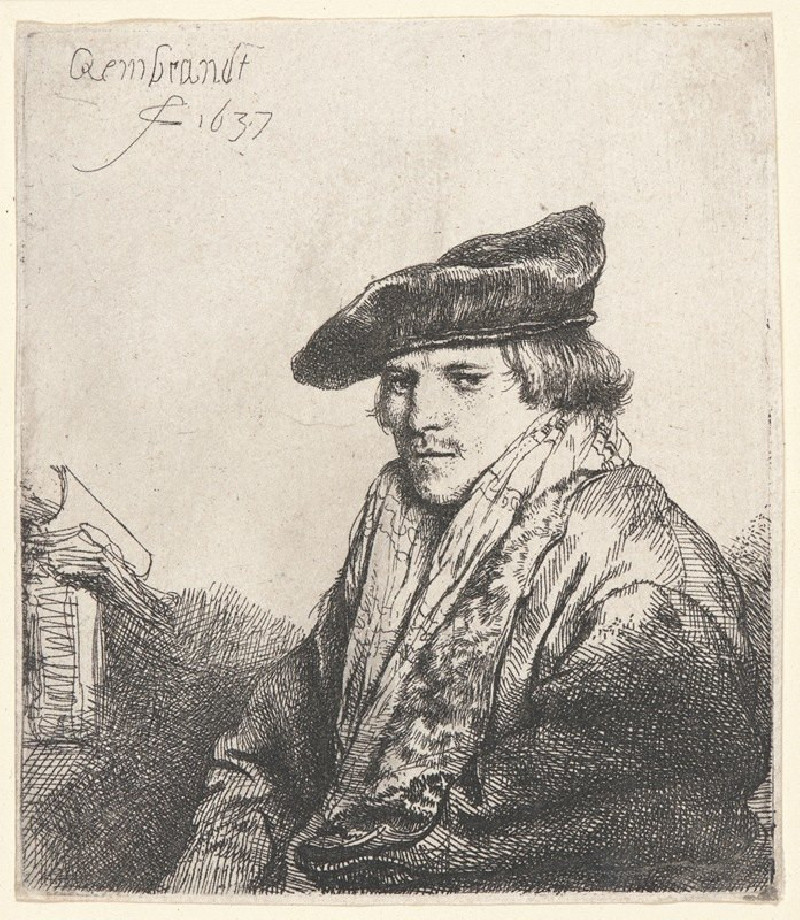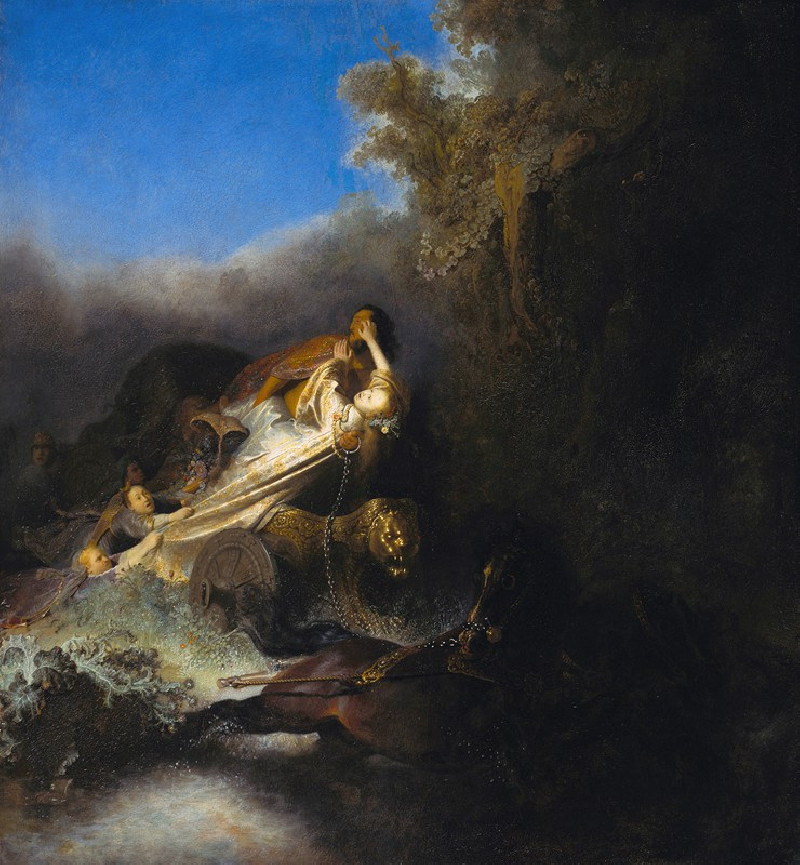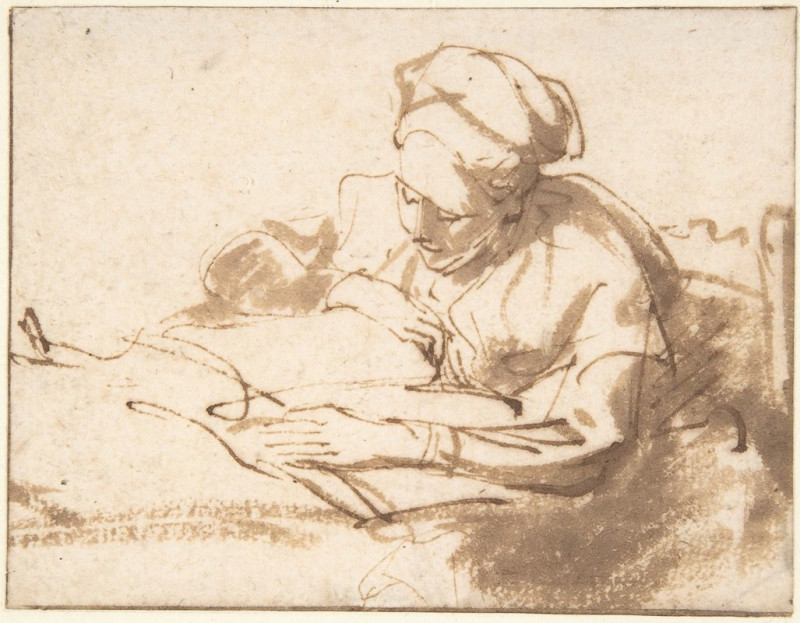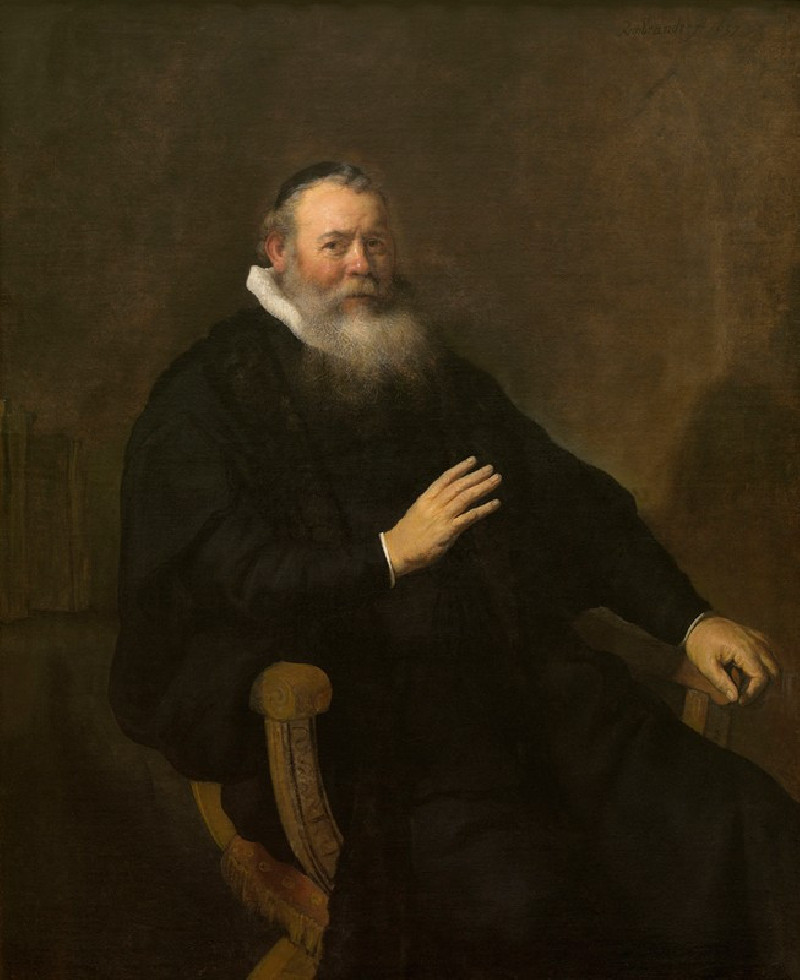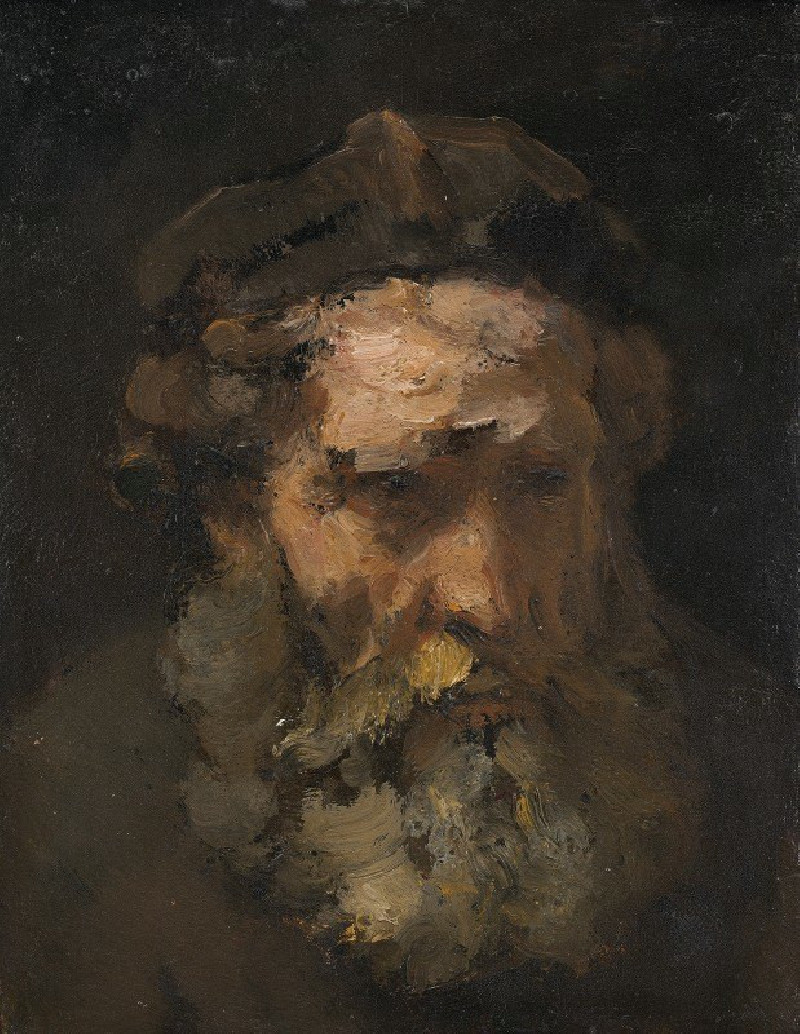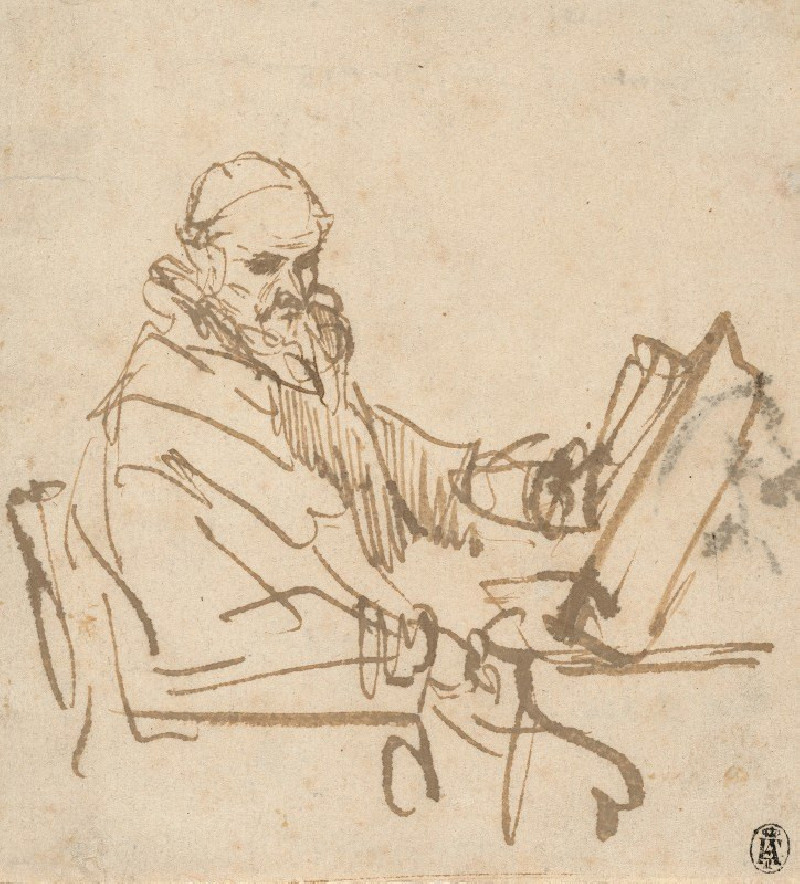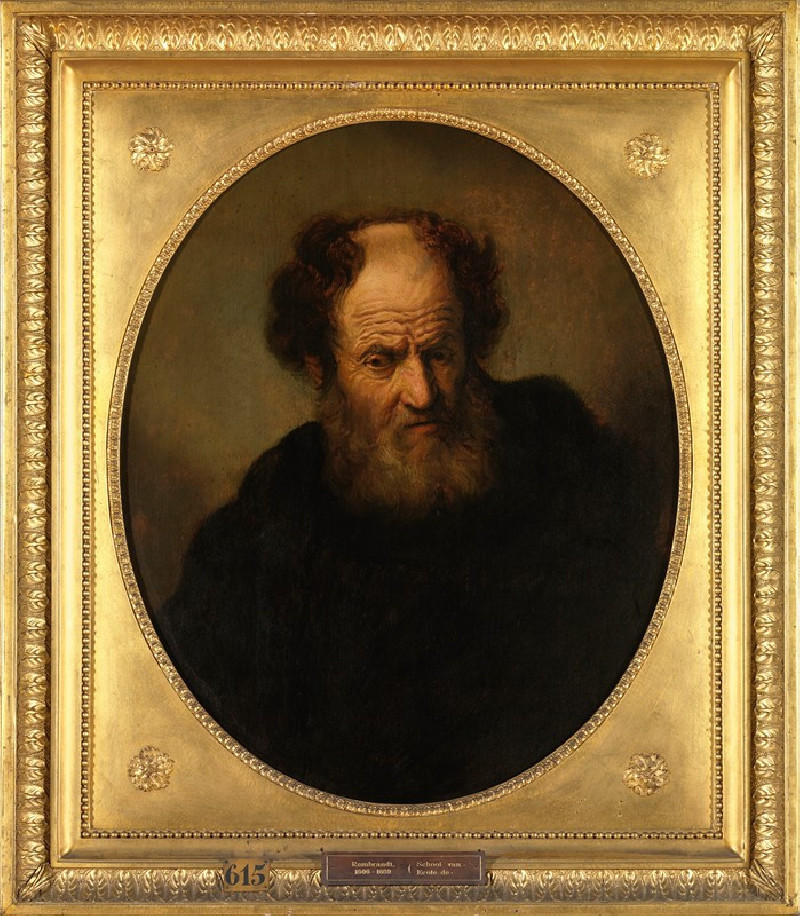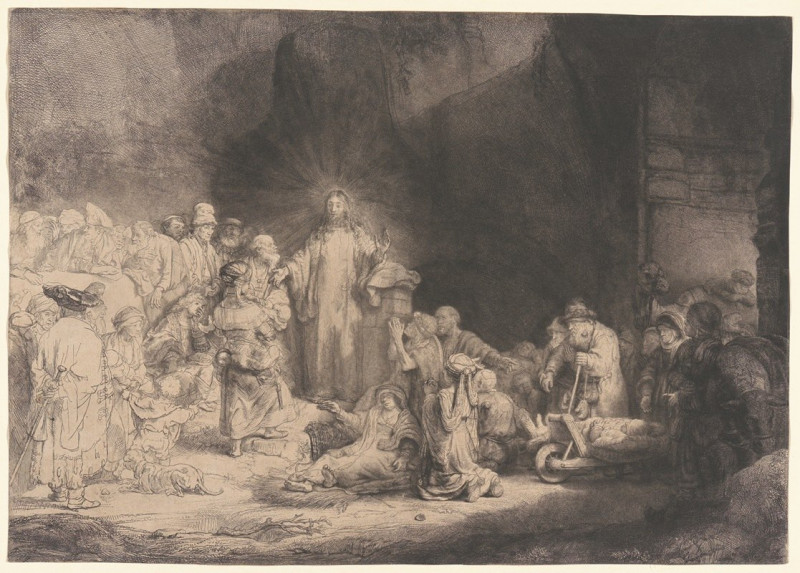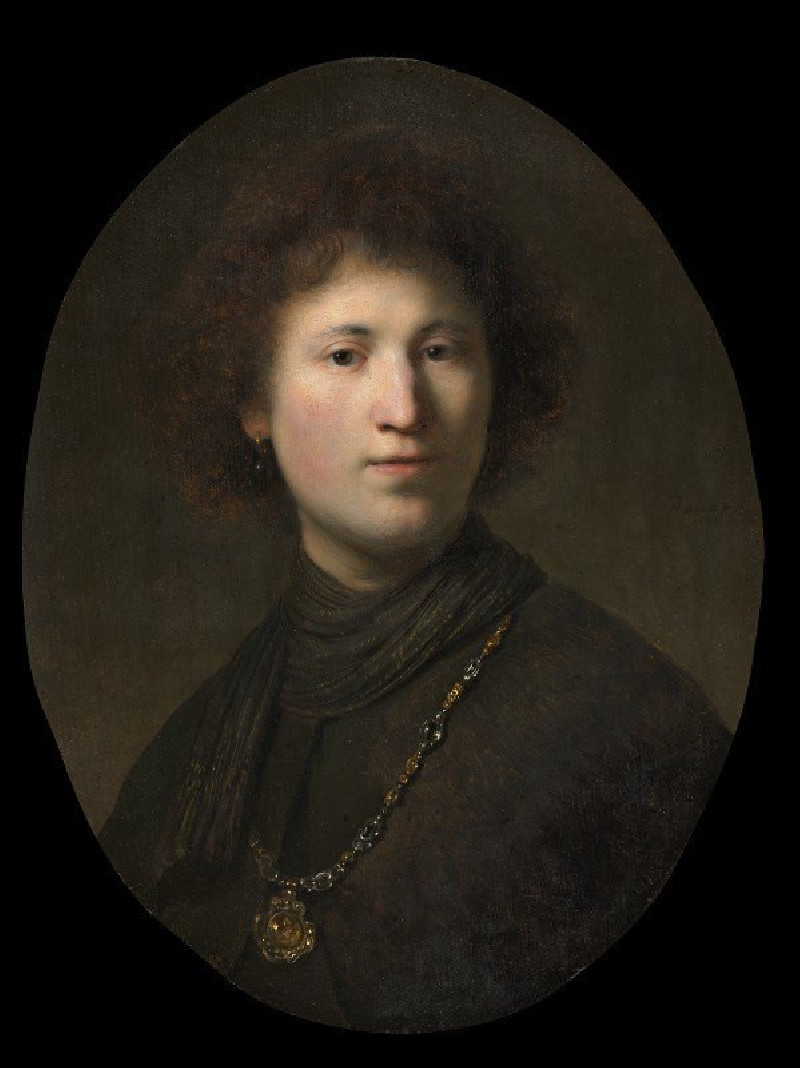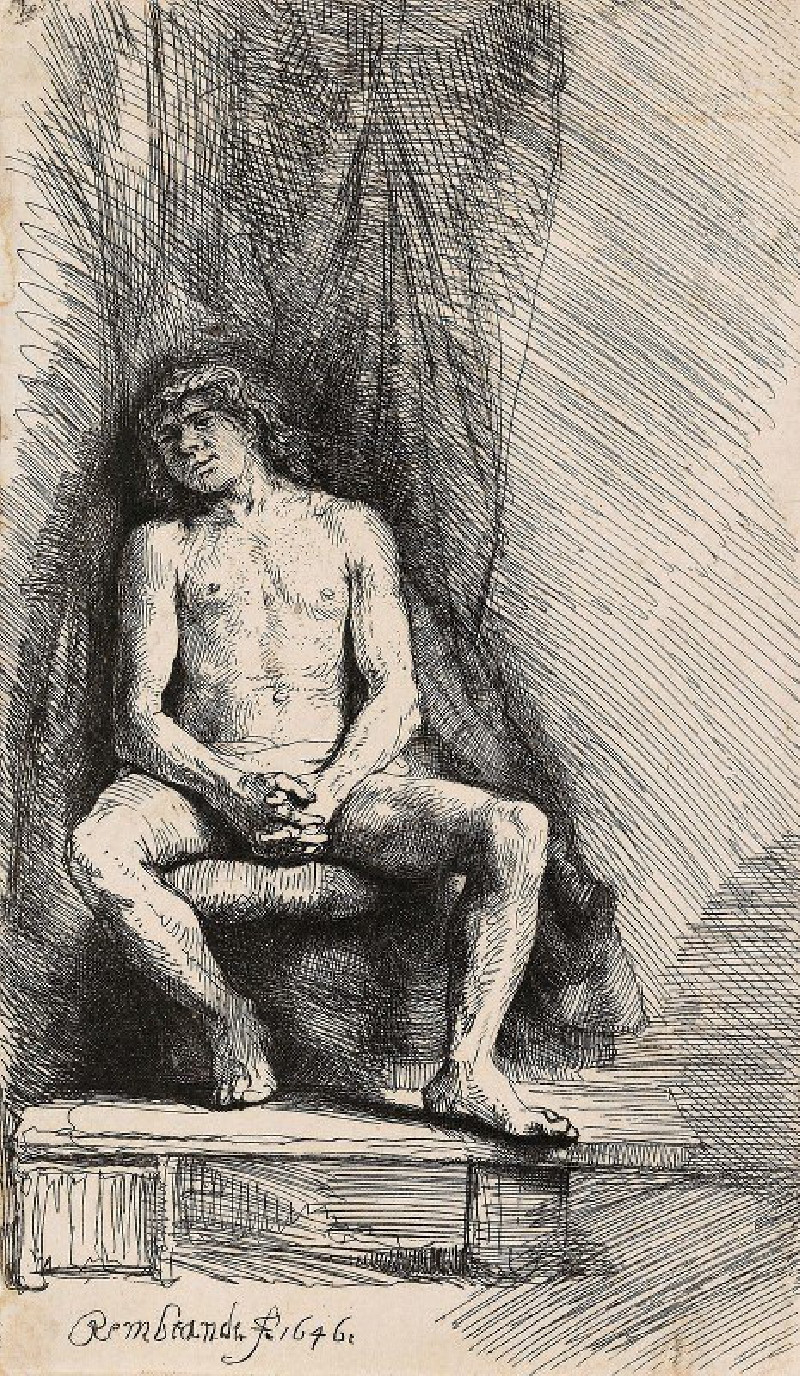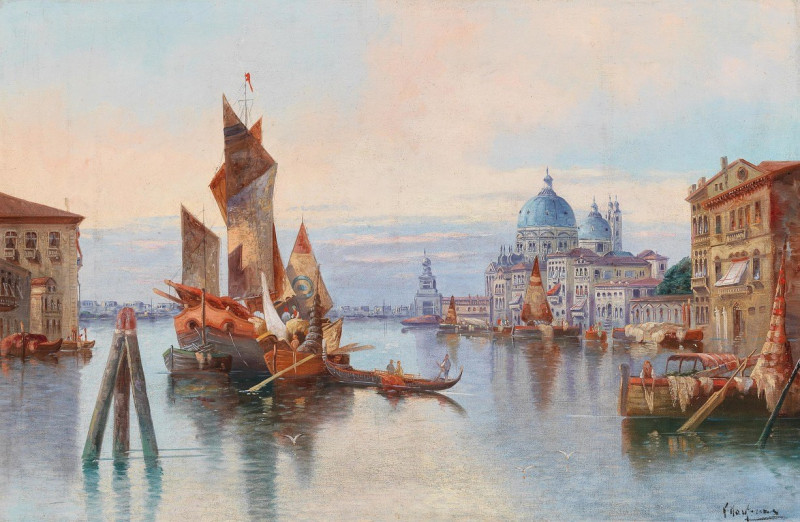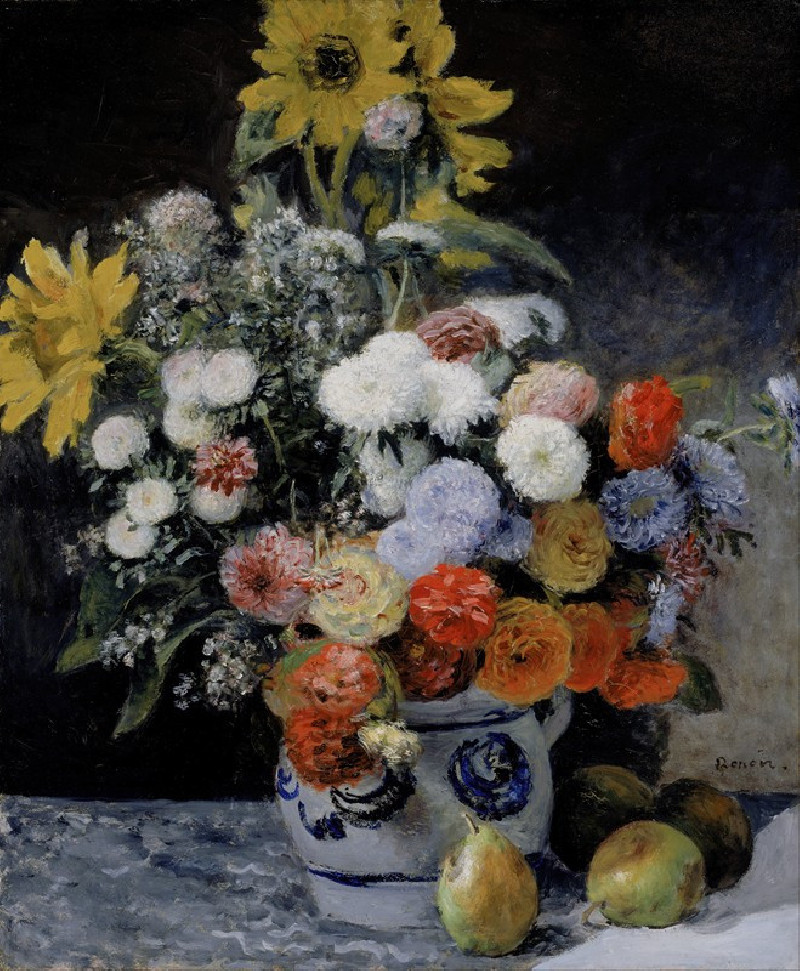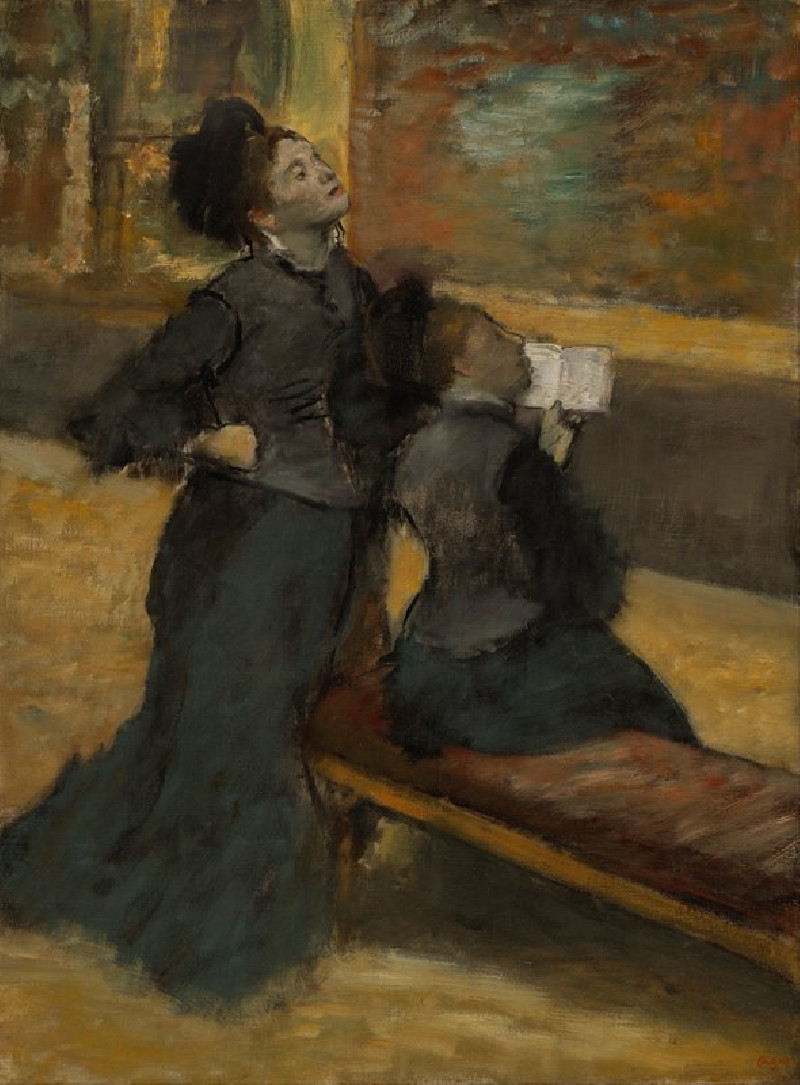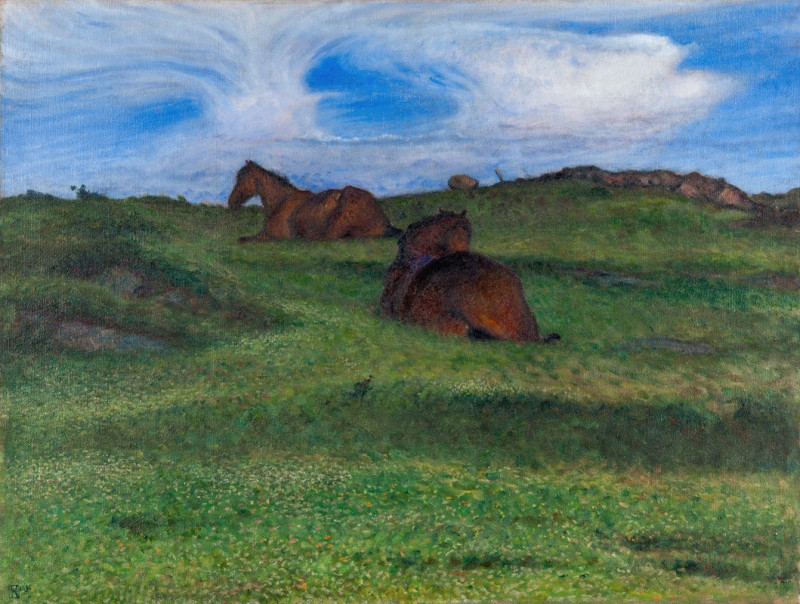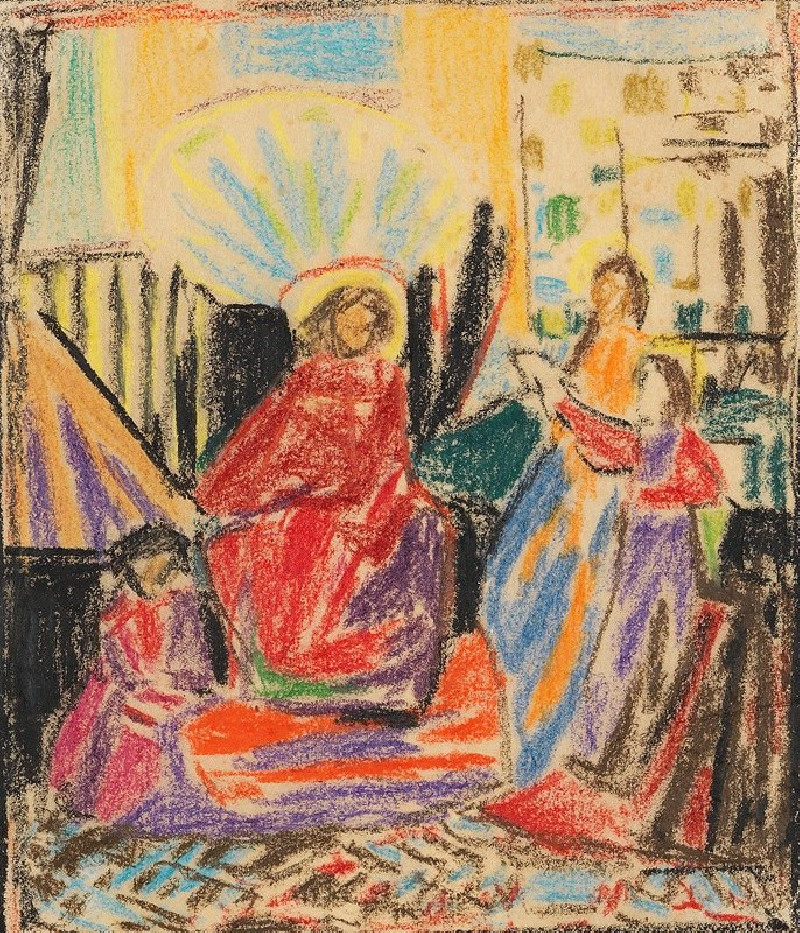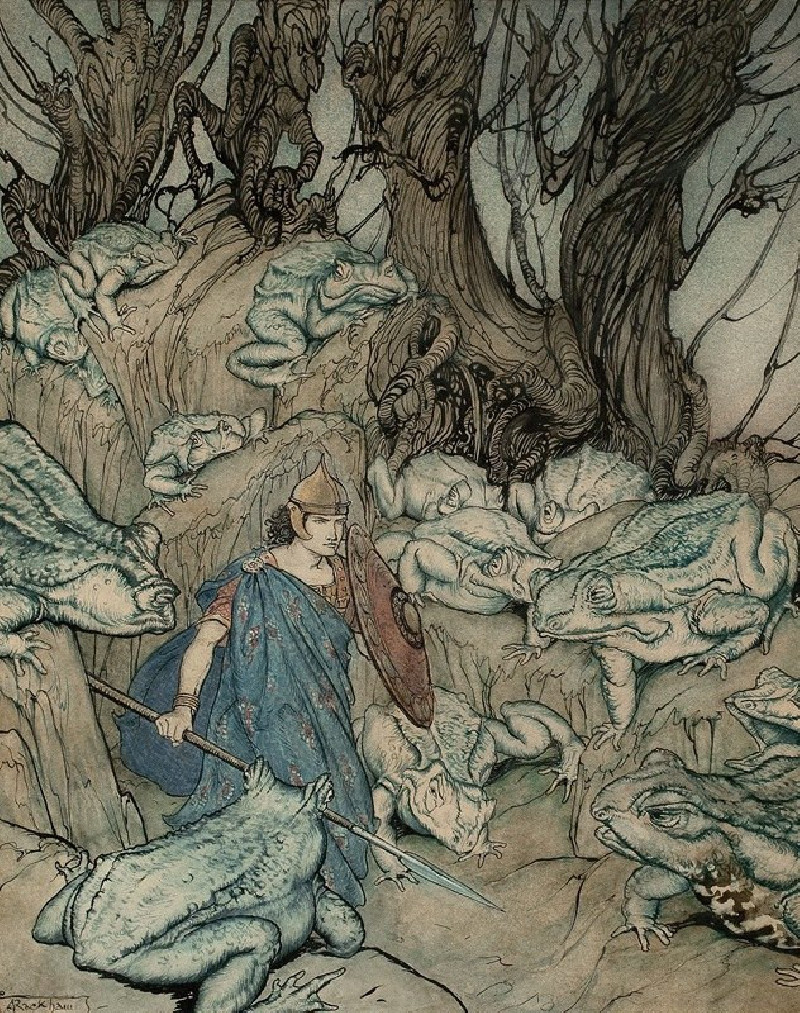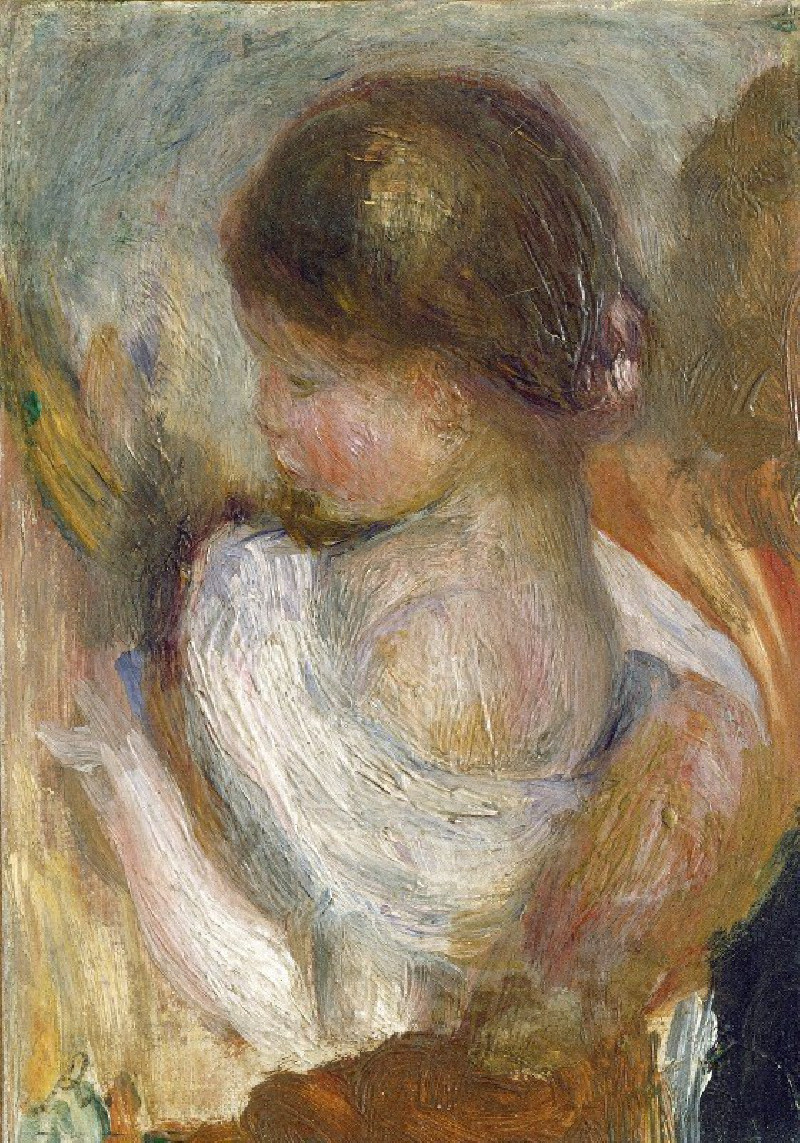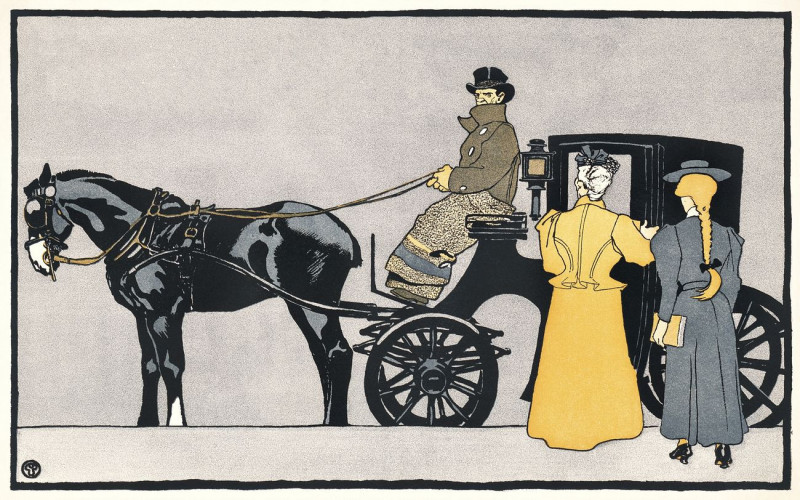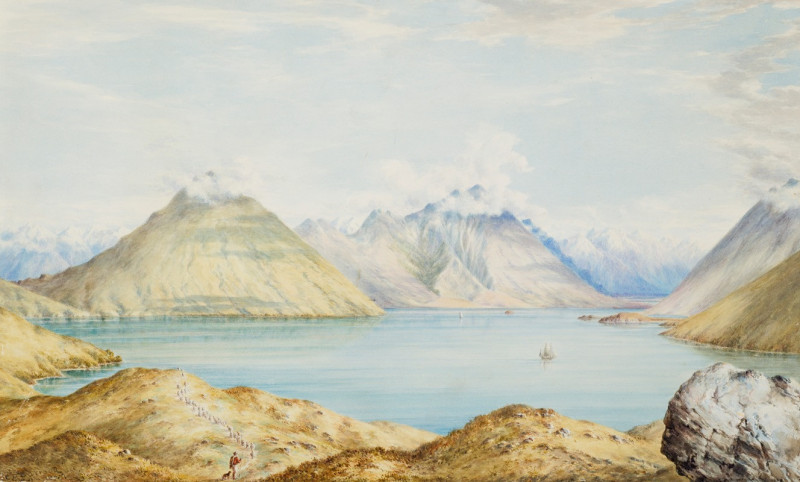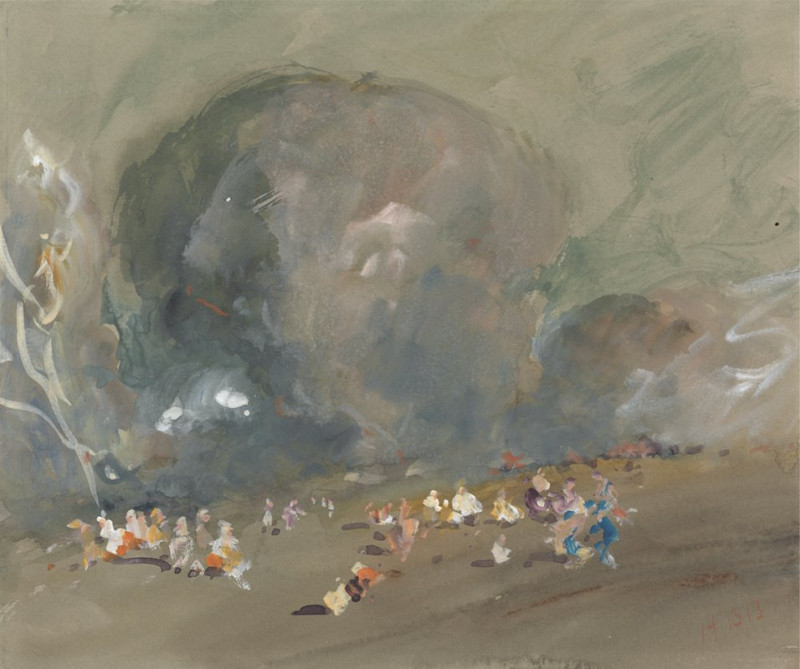Man in Oriental Costume (c. 1635)
Technique: Giclée quality print
Recommended by our customers
More about this artwork
"Man in Oriental Costume" is a striking painting by the renowned Dutch artist Rembrandt van Rijn, created around 1635. This compelling portrait is a vivid demonstration of Rembrandt’s masterful brushwork and his fascination with exotic, foreign attire which was typical of the period when elements of cultural costumes from around the world began to integrate into European art due to expanding global trade.The painting depicts an elderly man dressed in a richly decorated Oriental outfit. His attire includes a magnificent turban adorned with what appears to be jewels and a feather, suggesting a person of high status or nobility. The turban, wrapped in various shades of blue and gold, draws attention to his insightful, penetrating gaze. The man’s face is rendered with exquisite detail, highlighting his distinguished, weathered features that suggest wisdom and a life of experience.Rembrandt's use of chiaroscuro — the treatment of light and shadow — intensifies the dramatic effect of the painting. The light falls gently on the man's face and the intricate textures of his velvet robe, edged with fur and detailed with gold fastenings, enhancing the deep, rich tones of red and brown. This technique not only brings out the three-dimensionality of the costume but also focuses the viewer’s attention on the character and dignity of the subject."Man in Oriental Costume" serves as an example of Rembrandt’s skill in portraying the individuality and humanity of his subjects, regardless of the theatricality of their attire.
Delivery
Returns
Rembrandt Harmenszoon van Rijn was a Dutch draughtsman, painter, and printmaker. An innovative and prolific master in three media, he is generally considered one of the greatest visual artists in the history of art and the most important in Dutch art history. Unlike most Dutch masters of the 17th century, Rembrandt's works depict a wide range of style and subject matter, from portraits and self-portraits to landscapes, genre scenes, allegorical and historical scenes, and biblical and mythological themes as well as animal studies.

